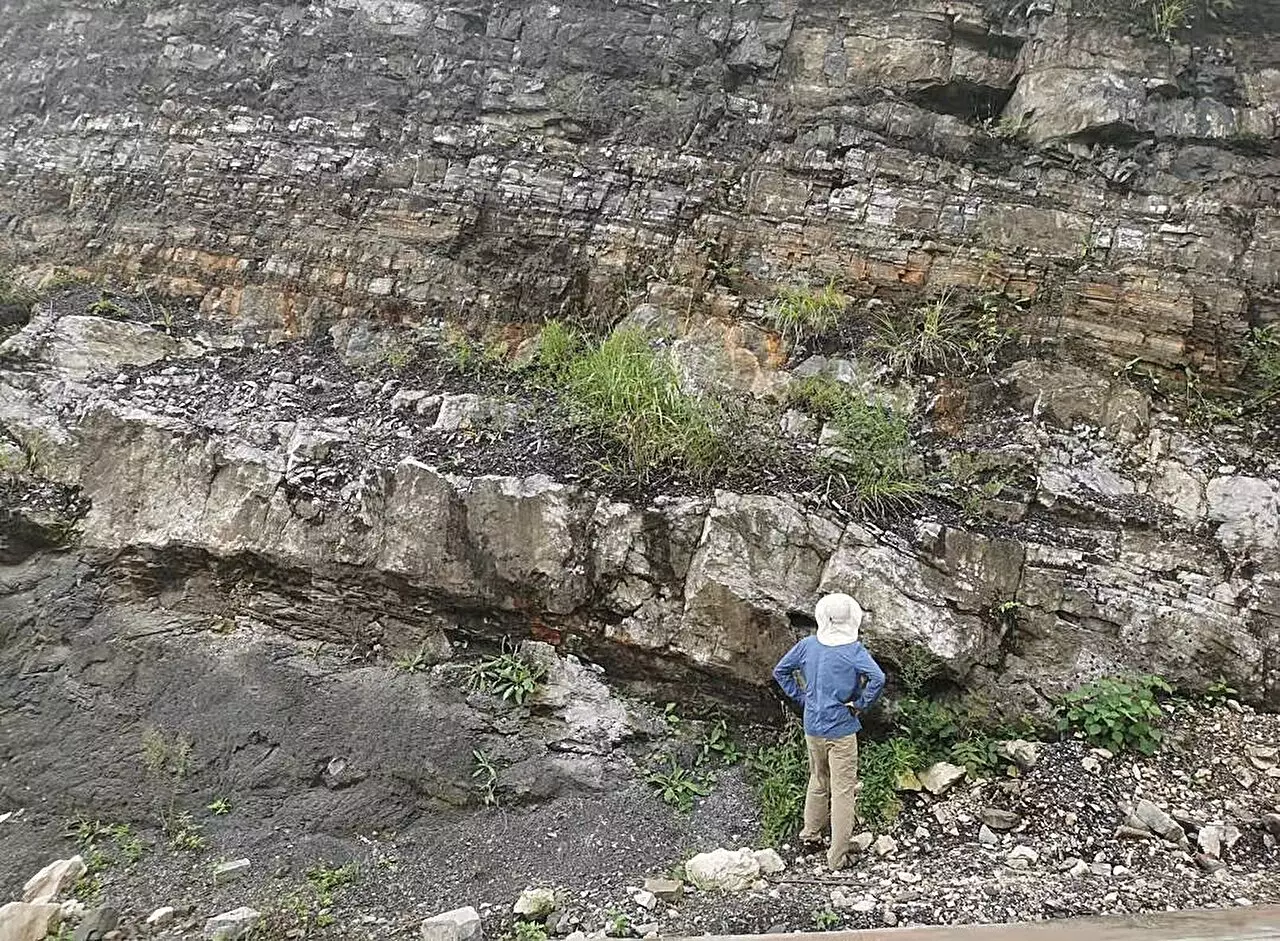Throughout Earth’s history, few climatic phenomena have captured the imagination of scientists as much as the Snowball Earth events. These extraordinary periods occurred over 600 million years ago, when global temperatures plummeted, and expansive ice sheets enveloped the planet, with ice thickness reaching up to a staggering 1 kilometer in places. Unlike today’s climatic fluctuations, Snowball Earth events were far more extreme and did not adhere to regular cycles. Each occurrence lasted millions of years, culminating in significant warming periods. Despite their magnitude, the intricate details surrounding these transitions remain somewhat elusive.
Recent research from the University of Washington sheds new light on the final Snowball Earth event, revealing the potential implications for the evolution of complex life, including the emergence of multicellular organisms. This study provides critical insights into how atmospheric and oceanic conditions evolved during this period, contributing to our understanding of Earth’s biological history.
A key focus of the study lies in the examination of ancient geological formations known as “cap carbonates.” These unique limestone and dolomite rocks are believed to have formed as the glacial ice retreated. Found in diverse locations spanning the globe—such as Death Valley, Namibia, and Australia—cap carbonates offer a glimpse into Earth’s atmospheric and oceanic chemistry approximately 640 million years ago, a timeframe that predates the information captured by ice cores and tree rings.
According to Trent Thomas, a doctoral student and lead author of the study, cap carbonates harbor significant information regarding the atmospheric carbon dioxide levels, ocean acidity, and other vital environmental factors. This research posits that the changes in these elements during and after the Snowball Earth events were pivotal for the climatic balance that enabled the proliferation of life forms in subsequent eras.
For over two billion years leading up to Snowball Earth, life on Earth largely consisted of simple microorganisms—bacteria and algae. This timeframe, often referred to as the “boring billion,” is characterized by minimal evolutionary advancements. However, following the two significant Snowball Earth events, there was a rapid appearance of more complex life forms in the fossil record.
The recent study aims to connect this seemingly abrupt shift in biodiversity with the environmental conditions established by the Snowball Earth events. David Catling, a senior researcher involved in the study, highlights that during the peak of the last Snowball event, thick ice sheets reflected sunlight away from the planet. Nonetheless, during this icy period, patches of open water remained, allowing for some vital interactions between the atmosphere and the ocean.
As the ice began to melt, the accumulation of carbon dioxide in the atmosphere reached critical levels. This led to a greenhouse effect that warmed the planet, which facilitated a crucial transition for life forms. Rainfall became more prevalent, and freshwater began to mix with the salty ocean waters, creating stratified layers that influenced ocean currents.
Environmental Recovery and Biological Resurgence
The aftermath of the Snowball Earth period saw dynamic changes in Earth’s environment. As the oceans warmed and chemistry evolved, ocean circulation patterns shifted significantly. The new study offers a framework to understand how atmospheric and oceanic conditions transformed post-Snowball. This transformation included fluctuations in temperature, acidity, and nutrient availability in the oceans—all key factors that provided a richer environment for life’s evolution from simple microbes to more complex multicellular organisms.
Thomas notes that further research will delve into the potential survival of life forms that may have endured the harsh Snowball conditions. Understanding how these resilient organisms adapted and evolved into more intricate life forms could illuminate a crucial chapter in the evolutionary narrative of life on Earth.
The research surrounding Snowball Earth events and cap carbonates opens up a significant discourse on the relationship between climate change and biological evolution. As Earth’s climatic conditions oscillated between extreme cold and warming phases, these geological changes served not only as markers of Earth’s tumultuous history, but also as catalysts for the development of complex life. By continuing to investigate the connections between ancient geological formations and the evolutionary timeline, we can deepen our understanding of life’s resilience and adaptability in the face of dramatic environmental changes, reminding us of Earth’s intricate and ever-changing tapestry of life.


Leave a Reply